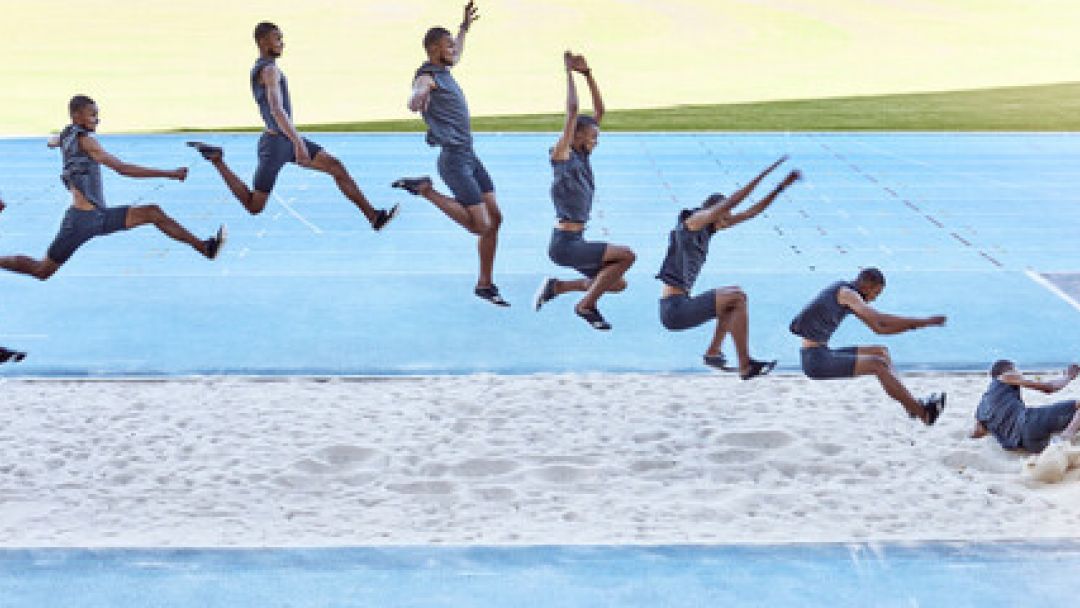Time for the Annual Long Jump?

Late April and early May are not good times for curriculum PE and Games. Often deprived of indoor facilities by exam demands, and facing the historical primacy of Athletics, lessons on damp, cool fields can be uninspiring. Field events are especially vulnerable to being slow-moving, overly technical and short on both fun and progress.
And yet they persist in many environments. The infrequently challenged assumption that all events must be ‘covered’ ensures that groups of shivering pupils assemble around the sandpits and throwing areas, which have been roused from the sad neglect of their winter hibernation, for a few weeks of low level activity. For many this leads to their one day of justification: the annual Sports Day, where volunteers are hastily sought for the more technical events and the middle distance runs. Standards are generally low, setting in contrast the achievements of the occasional enthusiast, who is often involved in an athletics club beyond school. It is the day of spectacular triumph for these few pupils, as they win by massive distances, threaten long undisturbed records and collect endless trophies.
Progress is difficult in field Athletics. The technical events are complex, and not easily mastered. Without speed and strength, technique is of limited value. Progress is glacial, and the annual 45 minute lesson on each event is far too little to have any impact. Distances are measured to several decimal places, carefully recorded on clipboards purchased for the purpose, and published on noticeboards. It is an annual ritual.
Occasionally, enthusiastic and forward thinking teachers challenge the norm. They find more exciting ways to introduce throwing and jumping, and do not feel an obligation to establish a queue on the long jump runway. These are the exception, often frowned upon by traditionalists. There’s no Olympic event in standing long jump, so what’s the point?
The value of these sessions is highly questionable. Levels of enthusiasm are rarely high, and progress is limited. The most athletic pupils use their inherited size and speed to dominate the distances – just as they did last year, and the year before. After listening to teachers dispense technical advice of varying degrees of relevance, everyone has half a dozen attempts before collecting the equipment and trailing in. It is an early summer ritual across the country.
Is this really the best that we can do?